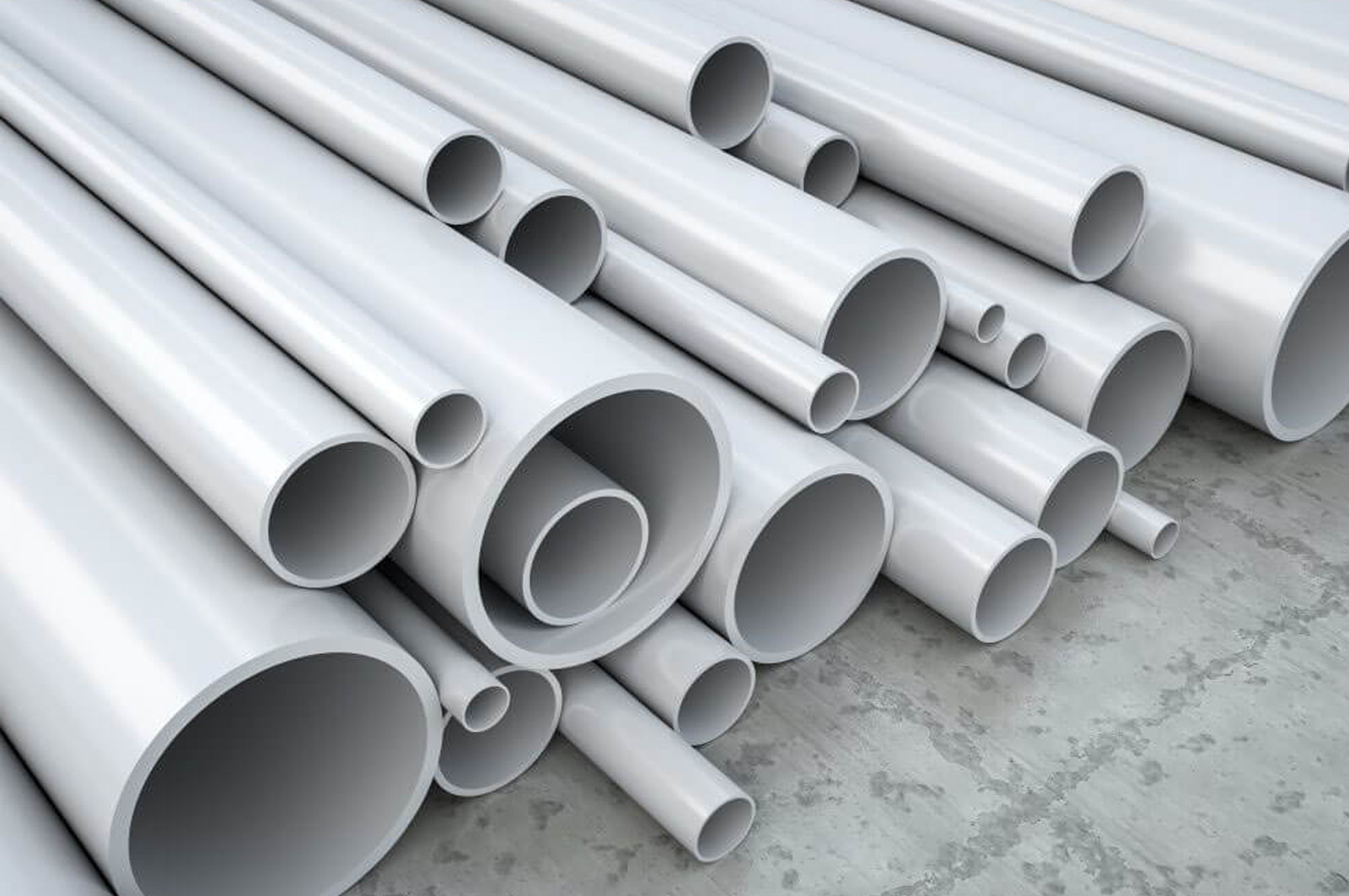

Articles
What Type Of PVC Is Used For Pool Plumbing
Modified: December 7, 2023
Discover the different types of PVC used for pool plumbing in this informative article. Whether you're a DIY enthusiast or a professional, learn which PVC to choose for your pool installation.
(Many of the links in this article redirect to a specific reviewed product. Your purchase of these products through affiliate links helps to generate commission for Storables.com, at no extra cost. Learn more)
Introduction:
When it comes to pool plumbing, choosing the right type of PVC (Polyvinyl Chloride) is crucial. PVC pipes are widely used in pool plumbing systems due to their durability, affordability, and resistance to corrosion. They ensure the efficient circulation of water and proper functioning of the pool equipment. However, not all PVC pipes are created equal, and selecting the appropriate type can make all the difference in the longevity and efficiency of your pool plumbing system.
In this article, we will explore the different types of PVC commonly used for pool plumbing, including Schedule 40 PVC, Schedule 80 PVC, and CPVC (Chlorinated Polyvinyl Chloride). We will discuss the characteristics, pros, and cons of each type, helping you make an informed decision for your pool plumbing needs.
Key Takeaways:
- PVC pipes, including Schedule 40, Schedule 80, and CPVC, offer durability, affordability, and resistance to corrosion for pool plumbing. Each type has unique properties suited for specific pool plumbing needs.
- While PVC pipes provide numerous advantages such as ease of installation and longevity, it’s important to consider potential limitations like temperature sensitivity and chemical compatibility when choosing PVC for pool plumbing.
Read more: When Did They Start Using PVC For Plumbing
Types of PVC used for pool plumbing:
There are three main types of PVC pipes commonly used in pool plumbing: Schedule 40 PVC, Schedule 80 PVC, and CPVC (Chlorinated Polyvinyl Chloride). Each type has its own unique properties and is suitable for specific applications in a pool plumbing system.
Schedule 40 PVC:
Schedule 40 PVC pipes are the most common and widely used type in pool plumbing. They are known for their versatility, affordability, and ease of installation. Schedule 40 PVC pipes have a lower pressure rating than Schedule 80 PVC, but they are suitable for most pool plumbing needs, including the circulation of water, connecting pool filters, and running water to and from heaters and other equipment. These pipes are available in various sizes, allowing you to create a customized plumbing system for your pool.
Schedule 80 PVC:
Schedule 80 PVC pipes are thicker and stronger than Schedule 40 PVC pipes. They have a higher pressure rating, making them ideal for applications where increased strength and durability are required. Schedule 80 PVC pipes are commonly used in pool plumbing systems for connecting high-pressure equipment, such as pool pumps and spa jets. They are also suitable for installations where the pipes may be exposed to extreme temperatures or harsh weather conditions. Although Schedule 80 PVC pipes come at a higher cost than Schedule 40, their enhanced strength and durability justify the investment.
CPVC (Chlorinated Polyvinyl Chloride):
CPVC is a variation of PVC that has been chlorinated, providing improved heat resistance and chemical resistance. It is commonly used in hot water applications, such as pool heaters and solar heating systems. CPVC pipes are suitable for both residential and commercial pool plumbing, and they offer excellent durability and longevity. However, it is important to note that CPVC should not be used for applications that involve high-pressure water flow.
Schedule 40 PVC:
Schedule 40 PVC pipes are a popular choice for pool plumbing due to their versatility and affordability. These pipes are made of rigid PVC, and they have a pressure rating of 120 psi (pounds per square inch). Schedule 40 PVC pipes are available in various sizes, ranging from ½ inch to 12 inches in diameter.
One of the key advantages of Schedule 40 PVC pipes is their ease of installation. They can be easily cut with a PVC cutter or hacksaw, and their smooth interior surface allows for efficient water flow. Schedule 40 PVC pipes are also lightweight, making them easy to transport and handle during installation.
These pipes are widely used for various pool plumbing applications, such as connecting pool filters, water circulation, and running water to and from pool heaters and other equipment. They are compatible with standard PVC fittings, allowing for easy connection and customization of the plumbing system.
Despite their many benefits, there are a few considerations to keep in mind when using Schedule 40 PVC pipes for pool plumbing. Firstly, they have a lower pressure rating compared to Schedule 80 PVC pipes, making them less suitable for high-pressure applications. Therefore, it is important to ensure that the pipes are properly sized and supported to prevent any potential leaks or bursts.
Additionally, Schedule 40 PVC pipes may not be suitable for extreme temperature conditions. They can become brittle in very cold weather, increasing the risk of cracking or breaking. It is recommended to use insulation or other methods to protect the pipes in regions with freezing temperatures. On the other hand, in hot climates, the pipes may be subject to expansion, so proper allowance for expansion and contraction should be considered during installation.
In summary, Schedule 40 PVC pipes are a reliable and cost-effective choice for most pool plumbing applications. They offer easy installation, good water flow, and compatibility with standard PVC fittings. However, they may not be suitable for high-pressure applications and extreme temperature conditions. By taking these factors into account and following proper installation guidelines, Schedule 40 PVC pipes can provide a durable and efficient plumbing solution for your pool.
Schedule 80 PVC:
Schedule 80 PVC pipes are known for their increased strength and durability, making them an excellent choice for pool plumbing applications that require higher pressure resistance. These pipes are made of thicker PVC material compared to Schedule 40 pipes, giving them a higher pressure rating of 280 psi (pounds per square inch).
One of the key advantages of Schedule 80 PVC pipes is their ability to handle high-pressure applications in a pool plumbing system. They are commonly used for connecting pool pumps, spa jets, and other equipment that require increased strength and durability. Schedule 80 PVC pipes provide added safety and reliability, ensuring that your pool plumbing system can handle the demands of high-pressure water flow.
In addition to their strength, Schedule 80 PVC pipes have excellent chemical resistance and can withstand exposure to various pool chemicals, UV radiation, and weather conditions. This makes them suitable for both indoor and outdoor pool installations.
Despite their enhanced features, there are a few considerations to keep in mind when using Schedule 80 PVC pipes for pool plumbing. Firstly, their thicker walls and increased material make them slightly more expensive than Schedule 40 PVC pipes. However, the investment in Schedule 80 PVC pipes can pay off in the long run, as they offer greater durability and resistance to wear and tear.
It is important to note that Schedule 80 PVC pipes can be more challenging to work with compared to Schedule 40 pipes. Their thicker walls can make them harder to cut and join. Therefore, it is recommended to use a PVC cutter or a power saw specifically designed for PVC when working with Schedule 80 pipes. Additionally, it is important to properly support Schedule 80 PVC pipes to prevent sagging or stress on the fittings.
In summary, Schedule 80 PVC pipes are an ideal choice for pool plumbing applications that require increased strength and pressure resistance. They offer a higher pressure rating and enhanced durability compared to Schedule 40 PVC pipes. Although they may be slightly more expensive and a bit more challenging to work with, their benefits in terms of reliability and longevity make them a worthwhile investment for your pool plumbing system.
CPVC (Chlorinated Polyvinyl Chloride):
CPVC (Chlorinated Polyvinyl Chloride) is a variation of PVC that has been chlorinated through a chemical process. This chlorination enhances the heat resistance and chemical resistance of the material, making CPVC an excellent choice for certain pool plumbing applications.
One of the primary advantages of CPVC pipes is their ability to withstand high temperatures. They are commonly used in pool plumbing systems for applications such as pool heaters and solar heating systems. CPVC pipes can handle hot water circulation without deforming or weakening, ensuring efficient heat transfer throughout the pool system. This heat resistance makes CPVC an ideal choice for pools that require elevated water temperatures.
CPVC pipes also have excellent chemical resistance, making them suitable for use with a variety of pool chemicals. They can withstand exposure to chlorine, bromine, and other common pool sanitizers without deteriorating or corroding over time. This chemical resistance ensures the durability and longevity of the pool plumbing system, even in the presence of harsh pool chemicals.
It is important to note that CPVC pipes have specific installation requirements. They must be properly supported and installed with CPVC-specific fittings to ensure a secure and leak-free connection. Additionally, CPVC should not be used for applications that involve high-pressure water flow, as it has a lower pressure rating compared to traditional Schedule 40 or Schedule 80 PVC pipes.
When working with CPVC pipes, it is recommended to use a CPVC-specific primer and solvent cement for joining the pipes and fittings. These specialized adhesives are designed to create a strong and durable bond specific to CPVC materials.
In summary, CPVC pipes are a specialized type of PVC that offer superior heat resistance and chemical resistance. They are commonly used for hot water applications in pool plumbing systems, such as pool heaters. CPVC pipes provide durability and reliability in high-temperature environments, making them a suitable choice for pools that require elevated water temperatures. By following the proper installation guidelines and using CPVC-specific fittings and adhesives, you can ensure a secure and long-lasting pool plumbing system.
Schedule regular inspections of your pool’s PVC plumbing to check for any signs of wear or damage. This can help prevent costly repairs and ensure the longevity of your pool system.
Read more: What Does PVC Mean In Plumbing
Differences between Schedule 40 and Schedule 80 PVC:
Schedule 40 and Schedule 80 PVC pipes are two commonly used types of PVC in pool plumbing systems. While they share some similarities, there are several key differences that set them apart. Understanding these differences can help you make an informed decision about which type is best suited for your pool plumbing needs.
Thickness and Strength: One of the main differences between Schedule 40 and Schedule 80 PVC pipes is their thickness and strength. Schedule 40 PVC pipes have a thinner wall and lower pressure rating compared to Schedule 80 PVC pipes. On the other hand, Schedule 80 PVC pipes have a thicker wall and a higher pressure rating, making them more suitable for high-pressure applications.
Pressure Rating: The pressure rating is the maximum amount of pressure that a pipe can withstand before bursting. Schedule 40 PVC pipes have a pressure rating of 120 psi (pounds per square inch), while Schedule 80 PVC pipes have a higher pressure rating of 280 psi. This difference in pressure rating makes Schedule 80 PVC pipes better suited for applications that require higher water pressure, such as connecting pool pumps and spa jets.
Cost: Another difference between Schedule 40 and Schedule 80 PVC pipes is the cost. Due to their thicker walls and higher pressure rating, Schedule 80 PVC pipes tend to be more expensive than Schedule 40 PVC pipes. However, the increased strength and durability of Schedule 80 pipes can justify the higher cost, especially for applications that require higher pressure resistance.
Applications: The choice between Schedule 40 and Schedule 80 PVC pipes often comes down to the specific application in a pool plumbing system. Schedule 40 PVC pipes are commonly used for general pool plumbing needs, such as connecting pool filters and running water to and from pool heaters. They are versatile, affordable, and suitable for most residential pool installations. On the other hand, Schedule 80 PVC pipes are ideal for applications that require increased strength and pressure resistance, such as connecting high-pressure equipment or handling extreme temperature conditions.
Installation and Handling: Schedule 40 and Schedule 80 PVC pipes have similar installation methods, using PVC-specific adhesives and fittings. However, due to their thicker walls, Schedule 80 PVC pipes may require more effort when cutting and joining. They are also slightly heavier compared to Schedule 40 pipes, which can make handling and transportation slightly more challenging.
In summary, the main differences between Schedule 40 and Schedule 80 PVC pipes lie in their thickness, pressure rating, cost, and suitability for specific applications. Schedule 40 PVC pipes are commonly used for general pool plumbing needs, while Schedule 80 PVC pipes are better suited for high-pressure applications. Consider the specific requirements of your pool plumbing system to determine which type of PVC pipe will best meet your needs.
Advantages of Using PVC for Pool Plumbing:
When it comes to pool plumbing, PVC (Polyvinyl Chloride) pipes offer numerous advantages over other materials. PVC has become the go-to choice for pool plumbing systems due to its durability, affordability, and resistance to corrosion. Here are some of the key advantages of using PVC for pool plumbing:
1. Durability: PVC pipes are known for their exceptional durability. They can withstand years of continuous use without deteriorating or corroding. PVC is resistant to chemicals commonly used in pool maintenance, such as chlorine and bromine, making it an ideal choice for pool plumbing. Additionally, PVC pipes have a high impact resistance, reducing the risk of damage during installation or accidental impacts.
2. Affordability: PVC is one of the most cost-effective materials available for pool plumbing. PVC pipes are readily available and cost less compared to other plumbing materials like copper or stainless steel. The affordability of PVC allows for cost savings during the installation process, making it a popular choice for both residential and commercial pools.
3. Corrosion Resistance: PVC is highly resistant to corrosion, making it an excellent choice for swimming pool applications that involve exposure to water and chemicals. Unlike metal pipes, PVC does not rust, ensuring the longevity and efficiency of the pool plumbing system. This corrosion-resistant property helps reduce maintenance and replacement costs in the long run.
4. Versatility and Ease of Installation: PVC pipes are available in a wide range of sizes and shapes, allowing for customized plumbing configurations to suit various pool layouts. They can be easily cut, joined, and cemented using PVC-specific adhesives and fittings. The lightweight nature of PVC pipes makes them easy to handle and transport during installation, reducing labor costs and installation time.
5. Smooth Interior Surface: PVC pipes have a smooth interior surface, which promotes efficient water flow through the plumbing system. The smoothness of PVC helps minimize friction, reducing energy consumption and optimizing the performance of pool equipment, such as pumps and filters.
6. Longevity: PVC pipes have a long lifespan, often exceeding 20 years with proper installation and maintenance. Their resistance to external elements, such as UV radiation and weather changes, ensures that they remain durable and functional for an extended period. PVC’s longevity contributes to the overall cost-effectiveness of pool plumbing systems.
7. Easy Maintenance: PVC pipes require minimal maintenance compared to other plumbing materials. They do not require regular painting or coating to protect from corrosion. Routine inspections and occasional cleaning are typically sufficient to keep PVC pipes in optimal condition.
In summary, PVC offers a multitude of advantages for pool plumbing systems. Its durability, affordability, resistance to corrosion, and ease of installation make PVC pipes a popular choice among pool owners and professionals. By choosing PVC for your pool plumbing needs, you can enjoy a reliable and long-lasting plumbing system that ensures efficient water circulation and functionality of your pool equipment.
Disadvantages of Using PVC for Pool Plumbing:
While PVC (Polyvinyl Chloride) pipes offer numerous advantages for pool plumbing, there are a few potential disadvantages to consider. It is important to weigh these factors against the benefits when deciding whether PVC is the best choice for your pool plumbing needs. Here are some of the disadvantages of using PVC for pool plumbing:
1. Temperature Limitations: PVC pipes may not be suitable for extreme temperature conditions. In very cold weather, PVC can become brittle and prone to cracking or breaking. Similarly, in hot climates, PVC pipes can expand and potentially cause leaks or pipe damage. It is essential to consider proper insulation and appropriate installation techniques to mitigate these temperature-related concerns.
2. Chemical Compatibility: While PVC pipes are resistant to many pool chemicals, they may not be compatible with certain solvents or strong oxidizers. It is important to avoid using PVC pipes for applications where they may come into contact with chemicals that could cause degradation or structural damage. Consulting with a pool professional or manufacturer guidelines can help ensure appropriate chemical compatibility.
3. PVC Pipe Sizing: PVC pipes have specific sizing guidelines that need to be followed for proper installation and optimal water flow. It is crucial to select the correct pipe diameter and ensure that the piping system is appropriately sized for the water flow and pressure requirements of the pool. Failure to adhere to these sizing guidelines can lead to reduced water flow, inefficient equipment performance, or increased pressure on the plumbing system.
4. Joining Methods: While PVC pipes are relatively easy to join using PVC-specific adhesives and fittings, the joining process requires careful attention to ensure secure and leak-free connections. Improperly joined PVC pipes can result in leaks or weak points in the plumbing system. Proper cleaning of the pipes, application of the correct adhesive, and following manufacturer instructions are essential for successful joints.
5. UV Degradation: Excessive exposure to sunlight can cause UV degradation of PVC pipes. Over time, this can lead to discoloration, weakening of the material, and potential loss of structural integrity. To mitigate this concern, it is recommended to use PVC pipes specifically designed for outdoor or UV-exposed applications or consider burying the pipes or using protective covers to limit direct exposure to sunlight.
6. Limited Pressure Rating: While PVC pipes have sufficient pressure ratings for most pool plumbing applications, they may not be suitable for exceptionally high-pressure systems. If your pool requires extremely high water pressure, such as for large commercial pools, alternative pipe materials with higher pressure ratings may be necessary.
7. Environmental Impact: PVC is a synthetic material made from fossil fuels, raising concerns about its environmental impact. Proper disposal of PVC waste and recycling efforts aim to address these concerns. However, it is important to consider the environmental implications when choosing materials for pool plumbing.
In summary, while PVC has many advantages, it is essential to consider the potential disadvantages when selecting it for your pool plumbing system. Temperature limitations, chemical compatibility, proper sizing and joining methods, UV degradation, limited pressure rating, and environmental impact should all be taken into account. Consulting with a pool professional and adhering to manufacturer guidelines can help mitigate these disadvantages and ensure a successful and efficient PVC pool plumbing system.
Conclusion:
Choosing the right type of PVC for your pool plumbing is a crucial decision that can impact the efficiency, longevity, and functionality of your pool system. PVC pipes, including Schedule 40, Schedule 80, and CPVC, offer a range of options to meet various pool plumbing needs.
Schedule 40 PVC pipes are versatile, affordable, and suitable for most residential pool applications. They provide reliable water circulation and are compatible with standard PVC fittings. Schedule 80 PVC pipes, on the other hand, offer increased strength and pressure resistance, making them ideal for high-pressure applications or extreme temperature conditions.
CPVC pipes provide enhanced heat resistance and chemical resistance, making them a suitable choice for hot water applications in pool heaters or solar heating systems. However, they should not be used for high-pressure water flow applications.
When using PVC for pool plumbing, there are several advantages to consider, including durability, affordability, resistance to corrosion, versatility, and ease of installation. PVC pipes require minimal maintenance and offer a long lifespan, ensuring the efficient circulation of water throughout the pool system.
However, there are also a few disadvantages to be aware of when using PVC pipes. Temperature limitations, careful consideration of chemical compatibility, proper sizing and joining methods, UV degradation, limited pressure rating for certain applications, and environmental impacts should be taken into account when making a decision.
In conclusion, PVC pipes are widely used in pool plumbing systems for their durability, affordability, and resistance to corrosion. The specific type of PVC chosen, such as Schedule 40, Schedule 80, or CPVC, should be based on the specific requirements of your pool, including pressure needs, temperature considerations, and the potential exposure to chemicals.
By understanding the advantages and disadvantages of PVC for pool plumbing, you can make an informed decision that will result in a reliable, efficient, and long-lasting plumbing system for your pool.
Frequently Asked Questions about What Type Of PVC Is Used For Pool Plumbing
Was this page helpful?
At Storables.com, we guarantee accurate and reliable information. Our content, validated by Expert Board Contributors, is crafted following stringent Editorial Policies. We're committed to providing you with well-researched, expert-backed insights for all your informational needs.
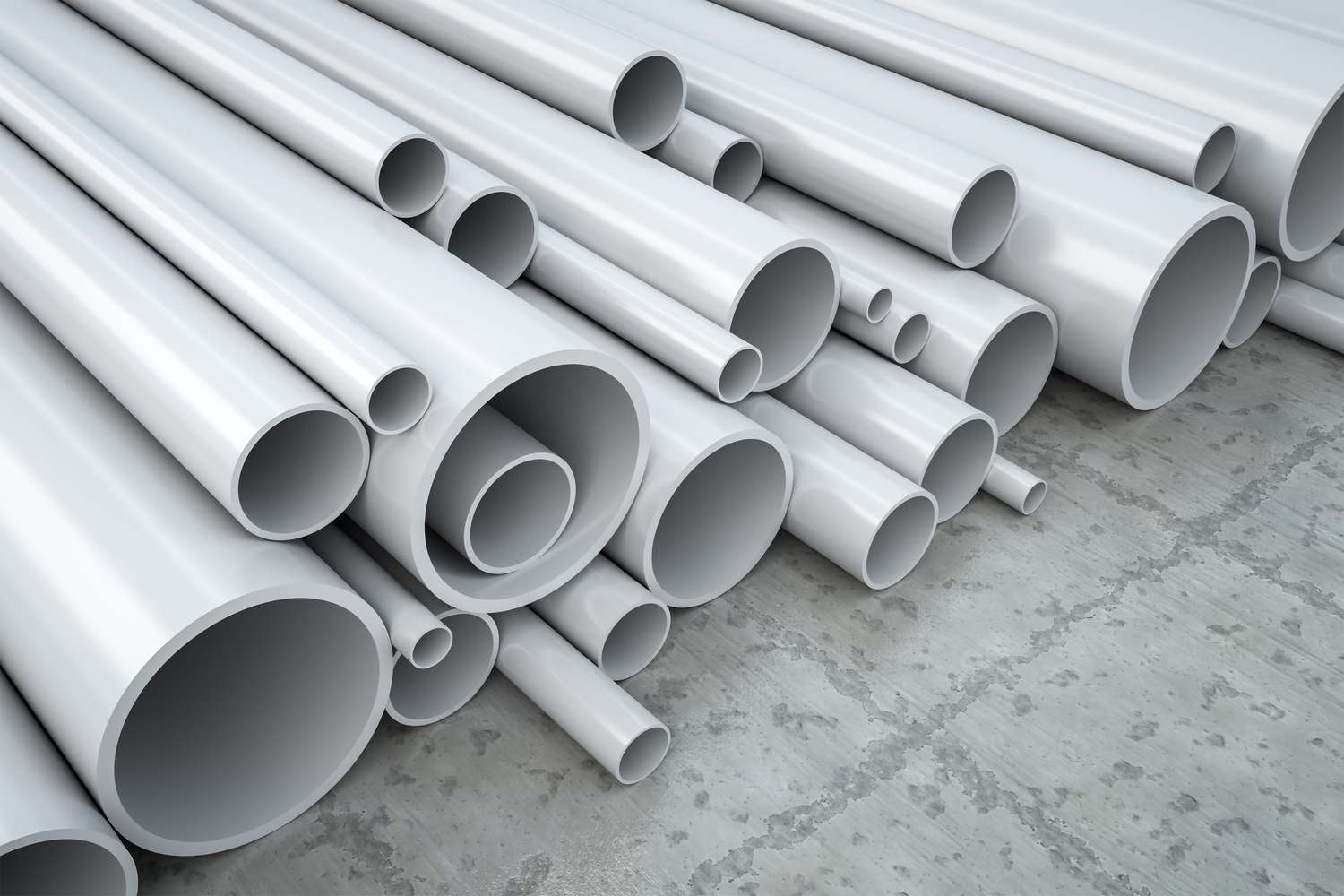
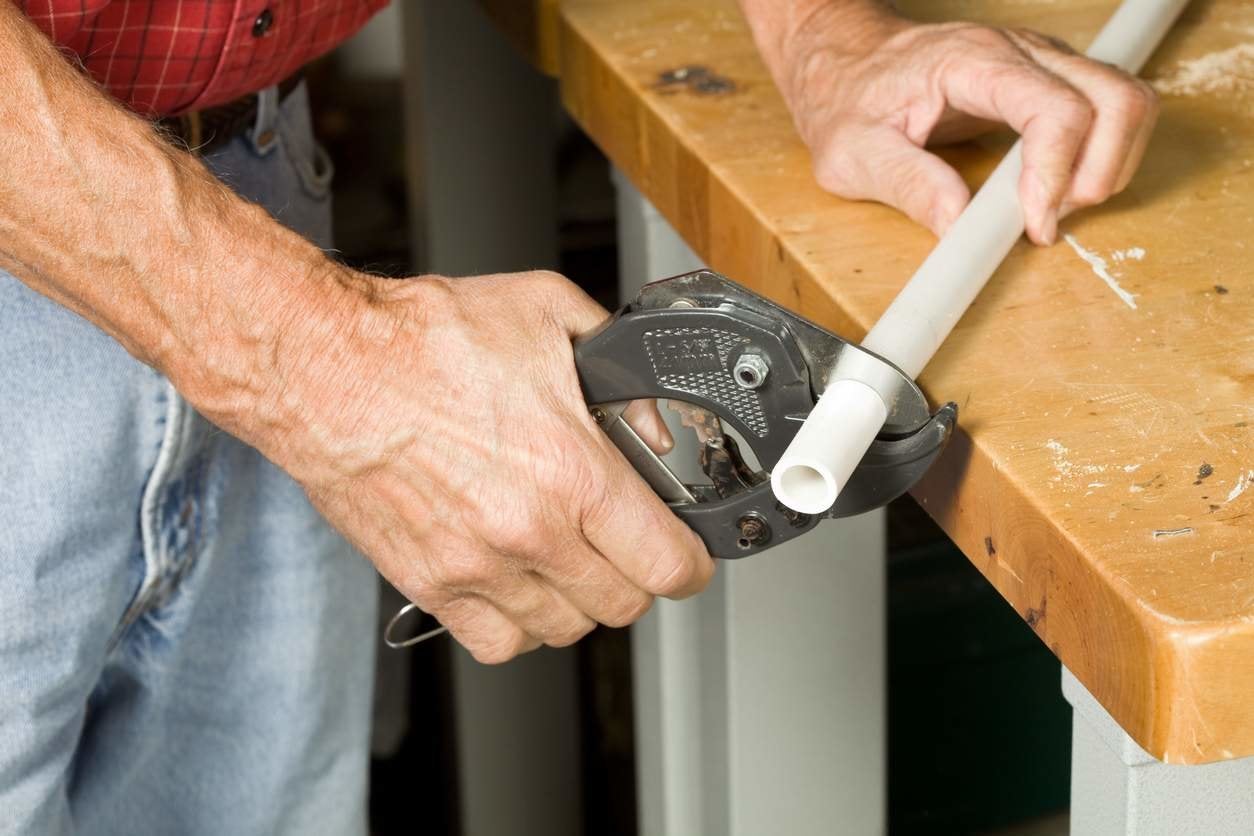
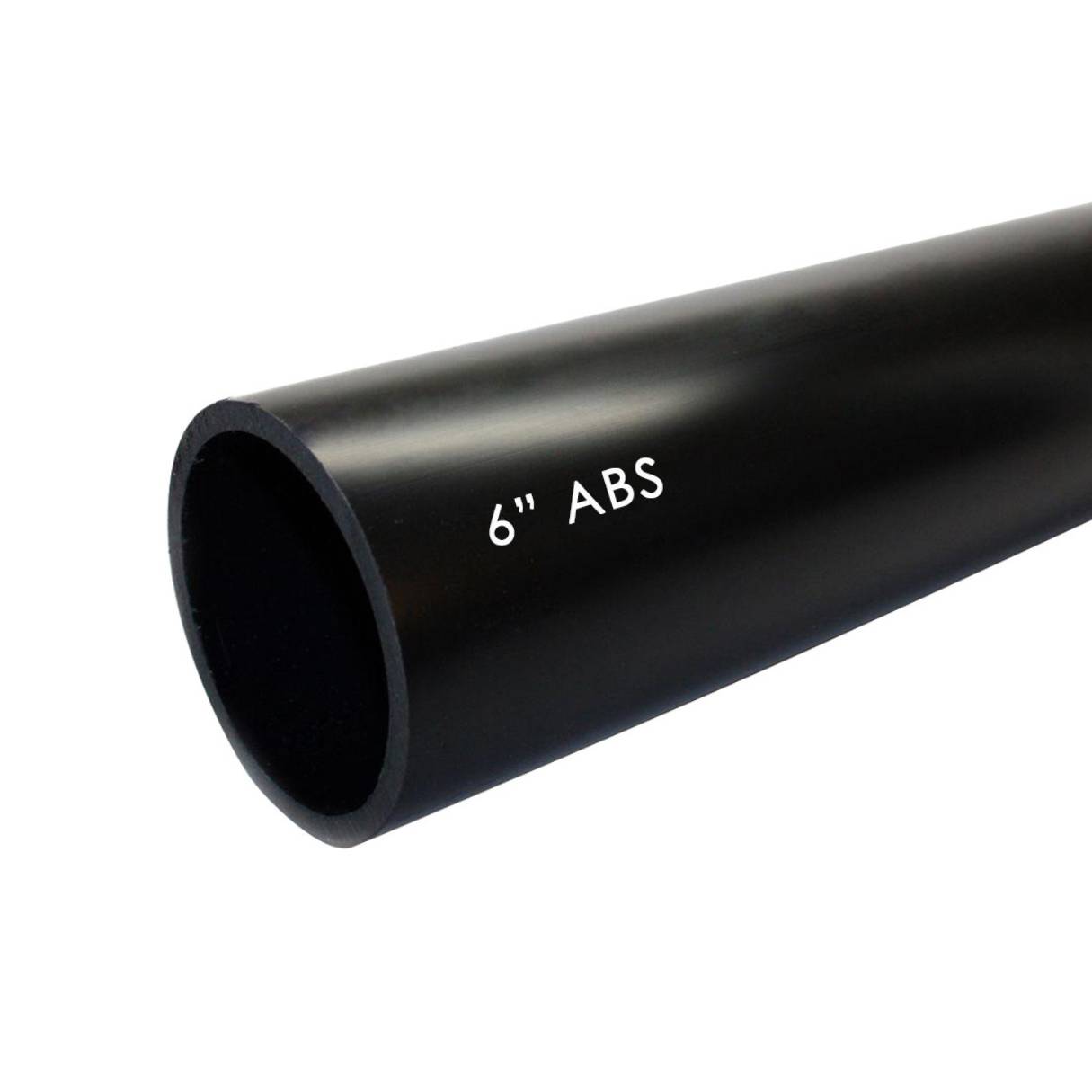

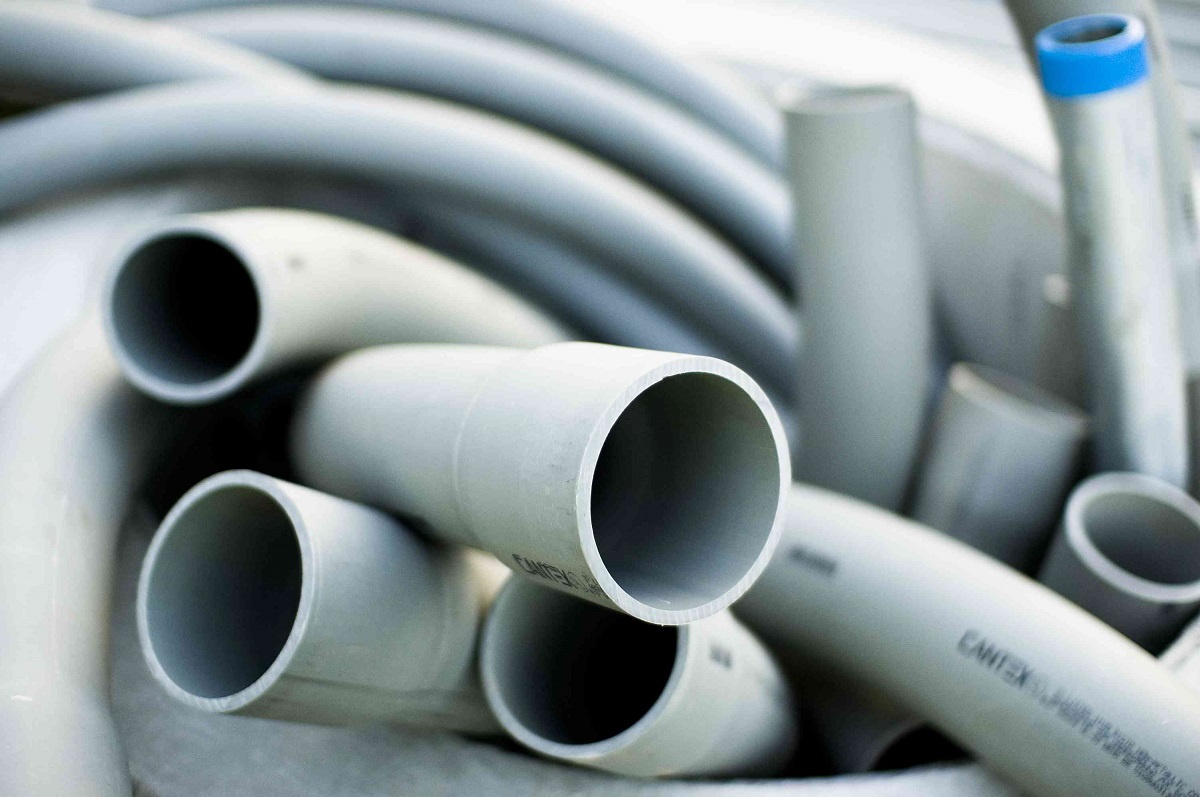
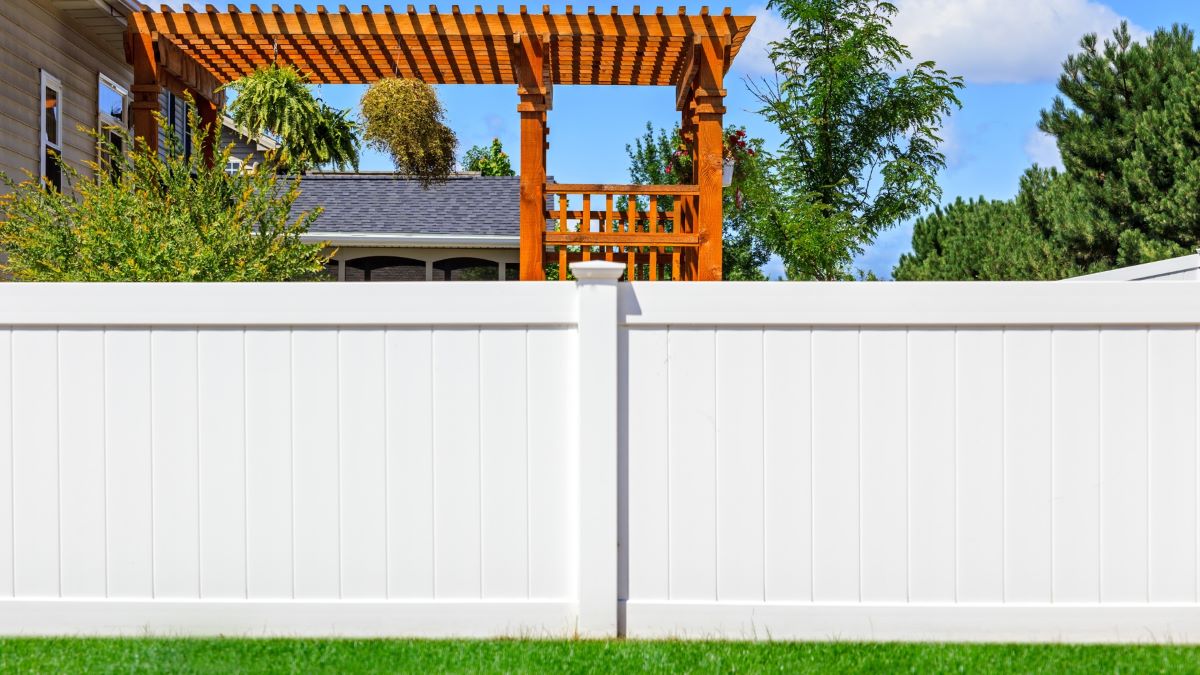
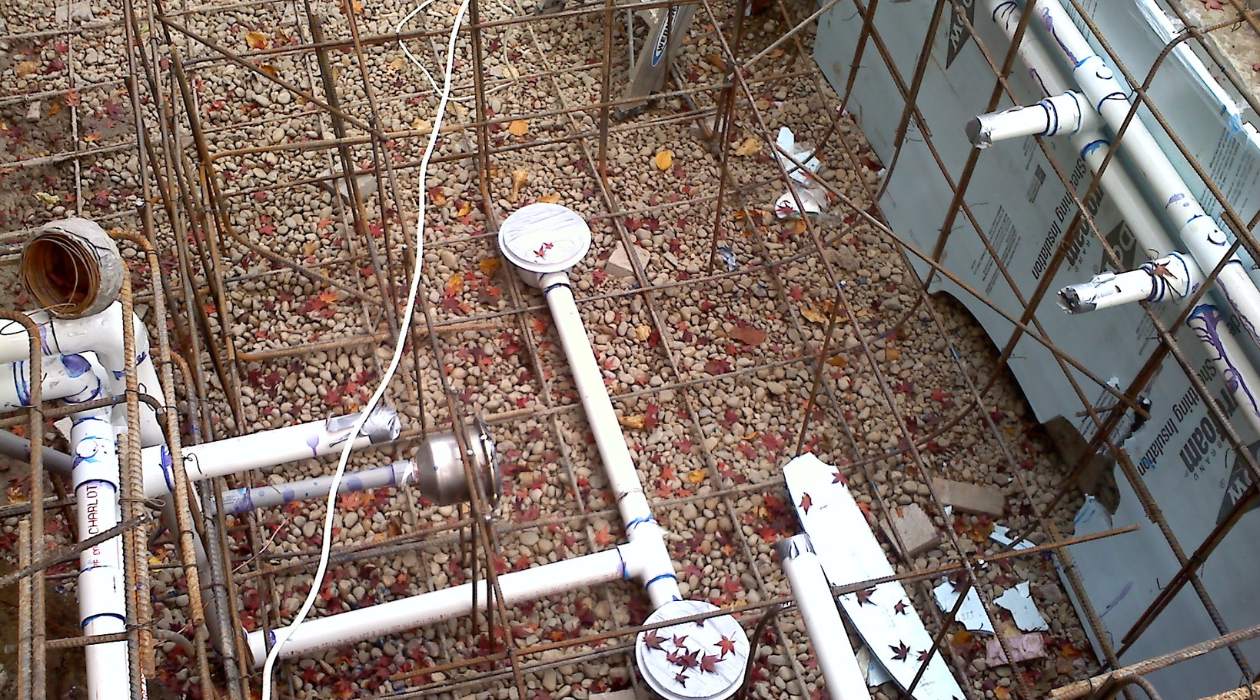
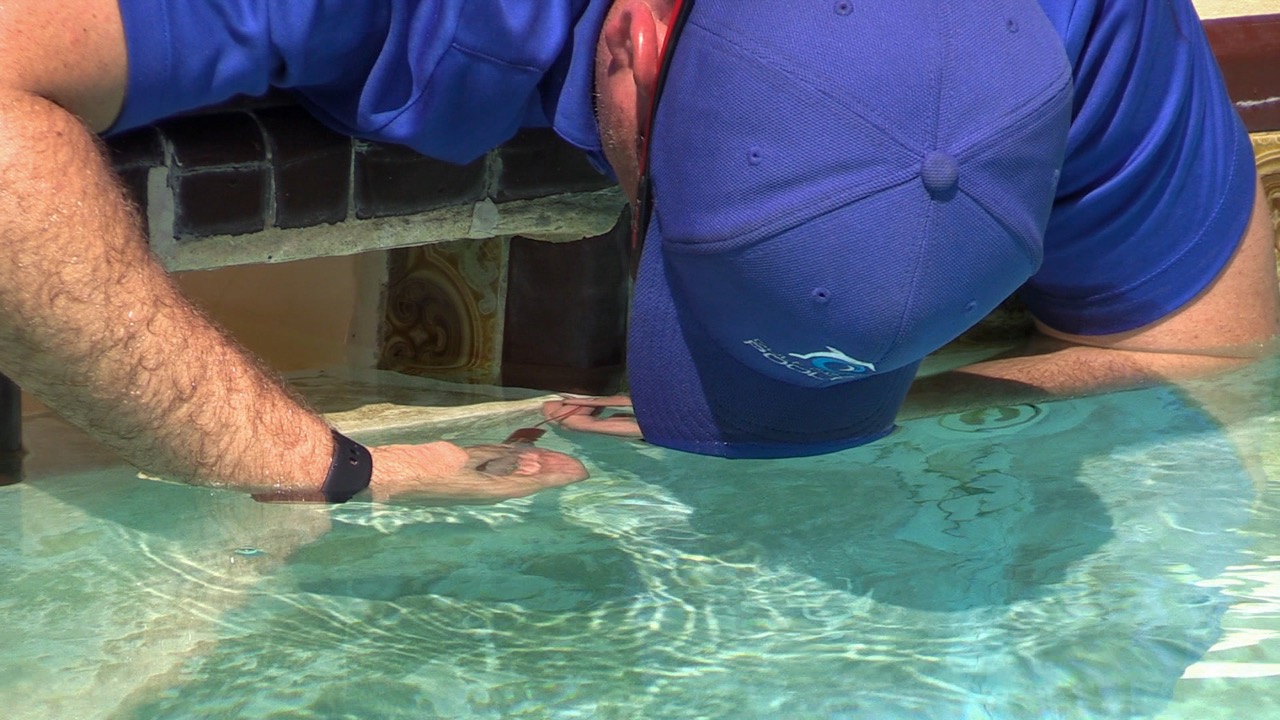
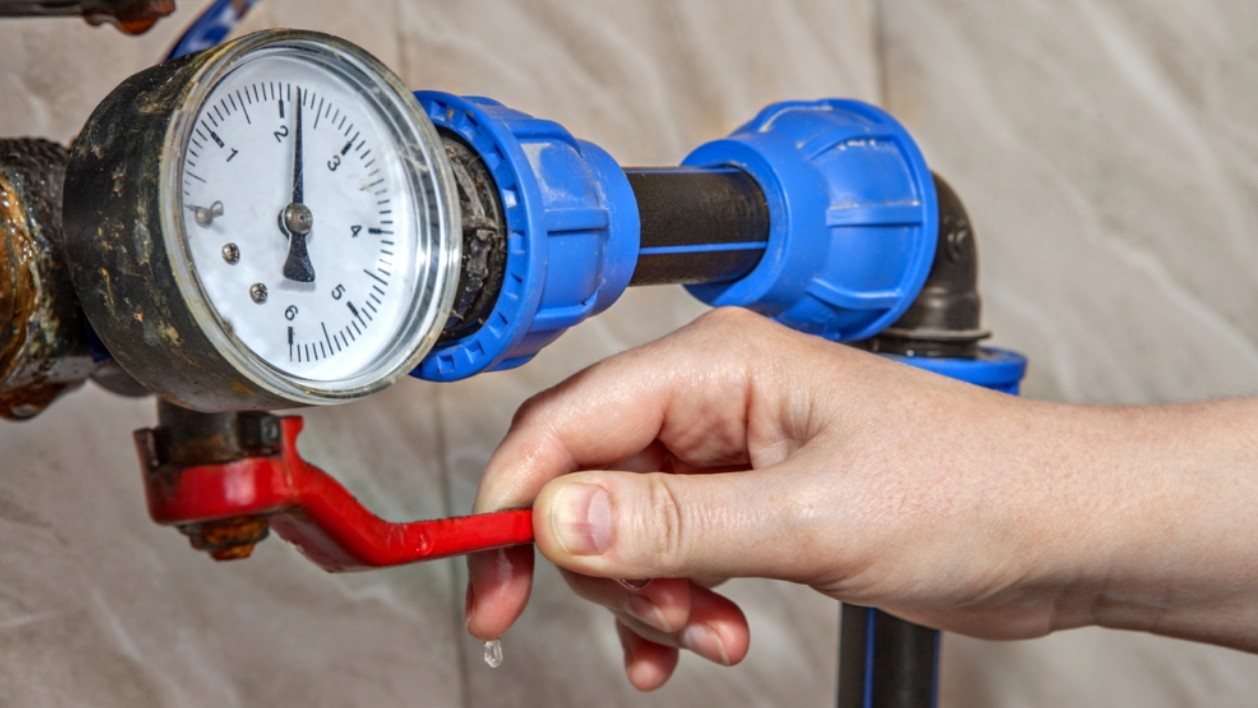
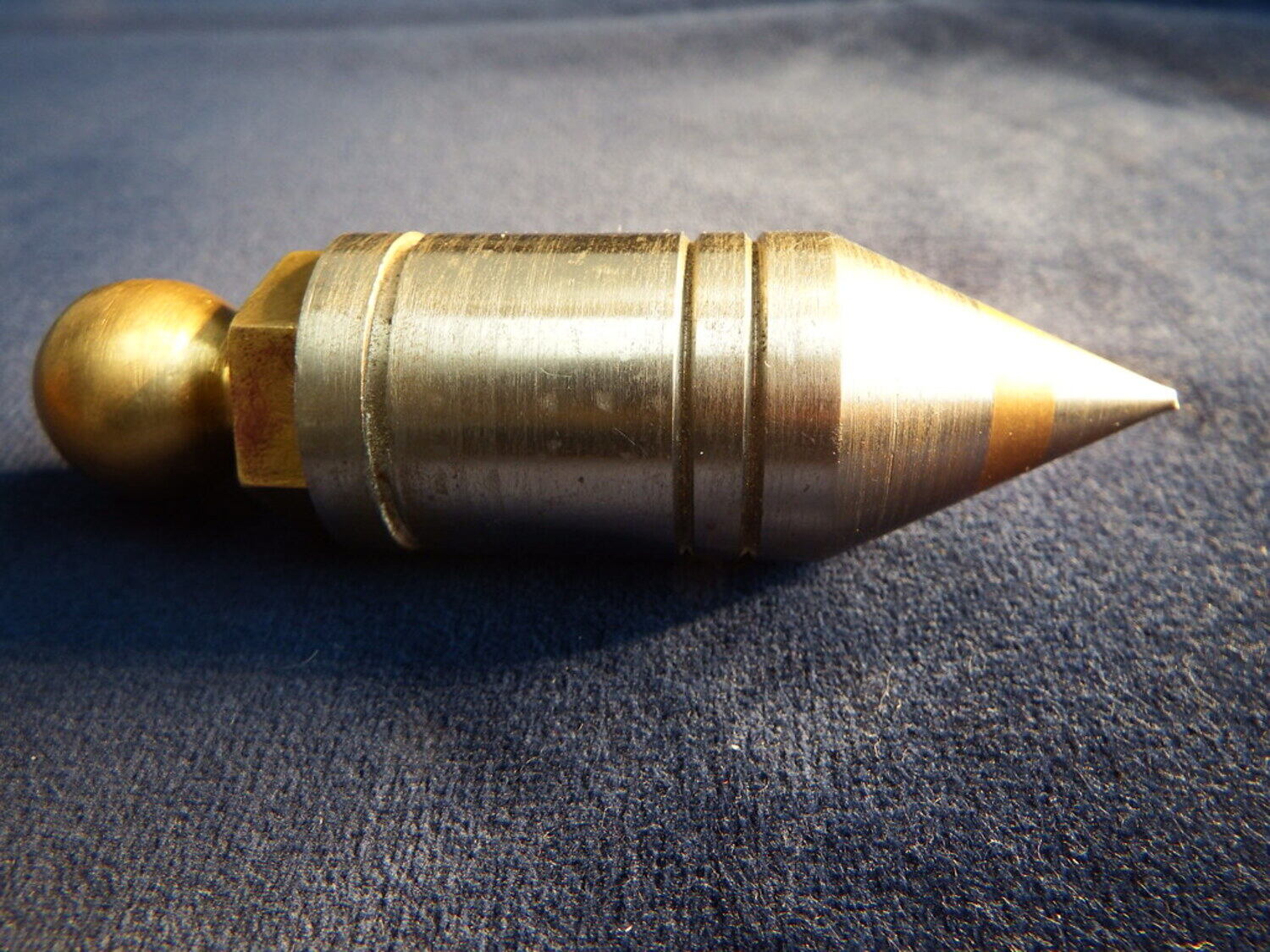
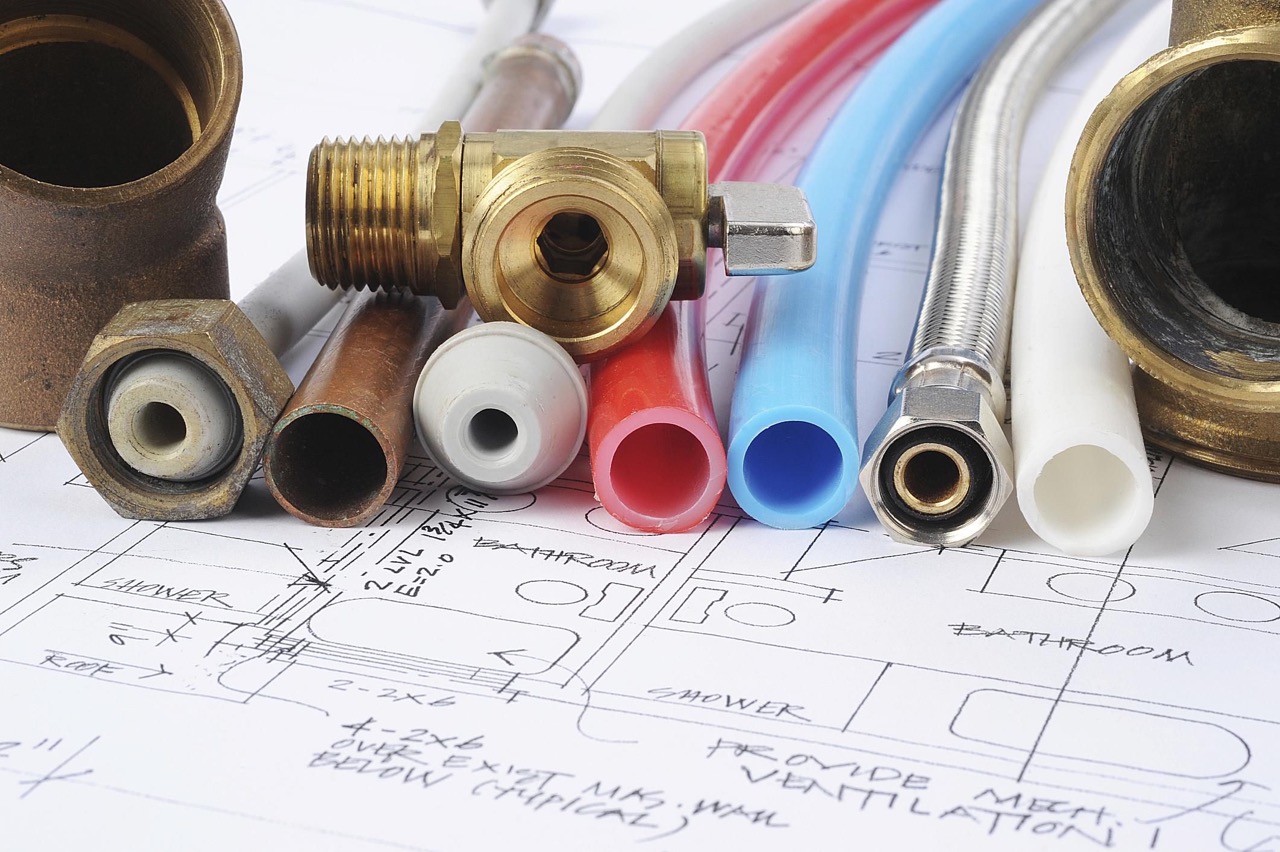
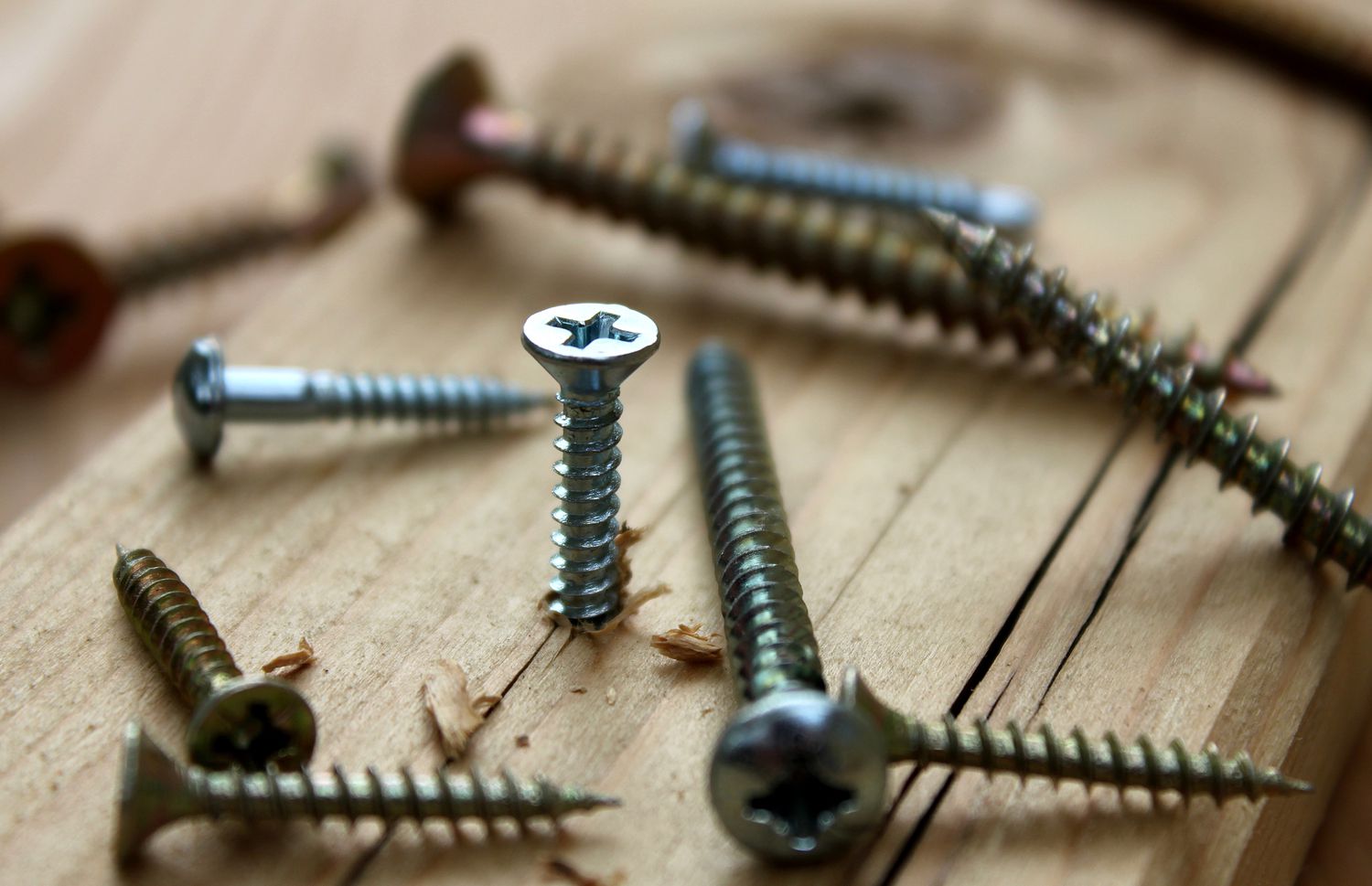
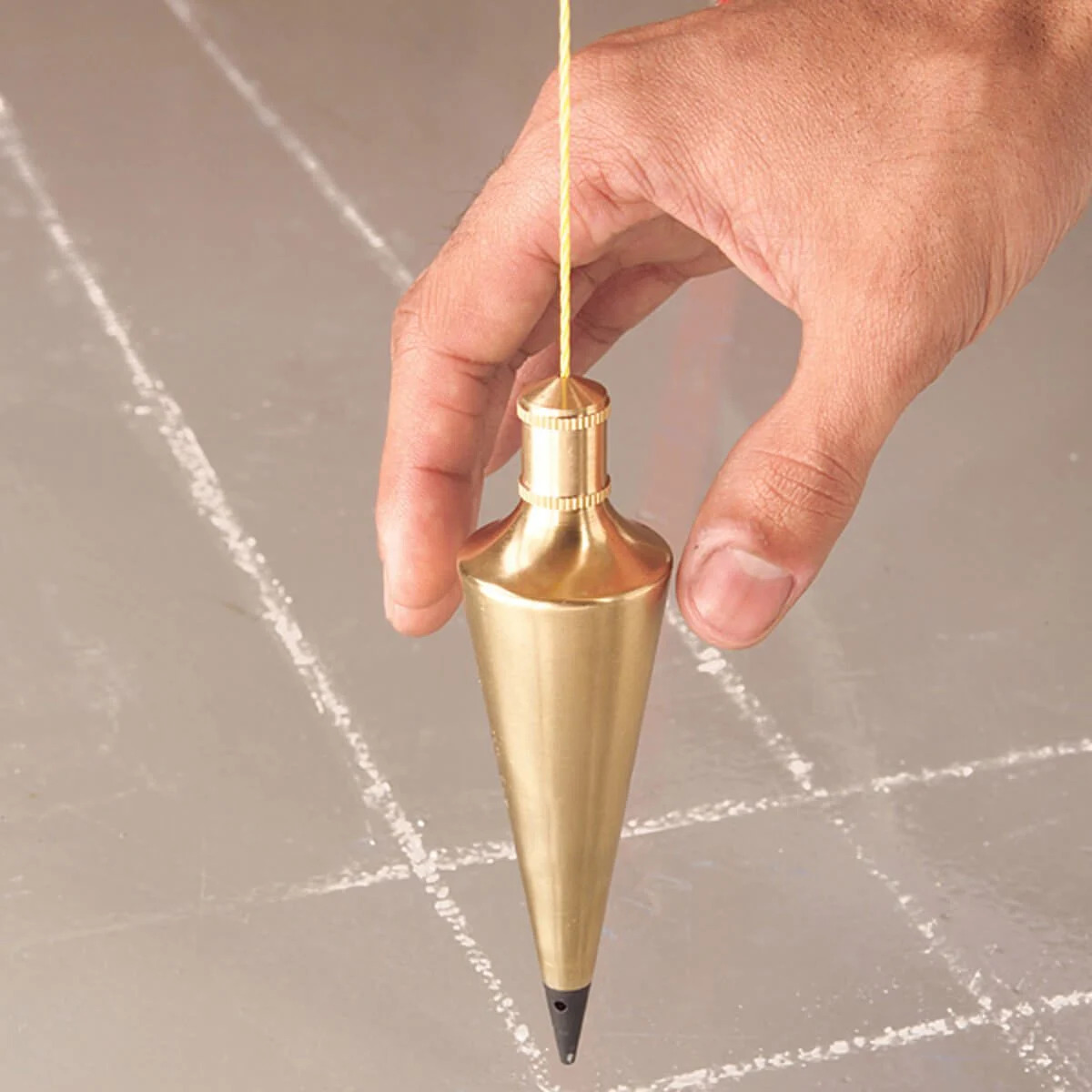
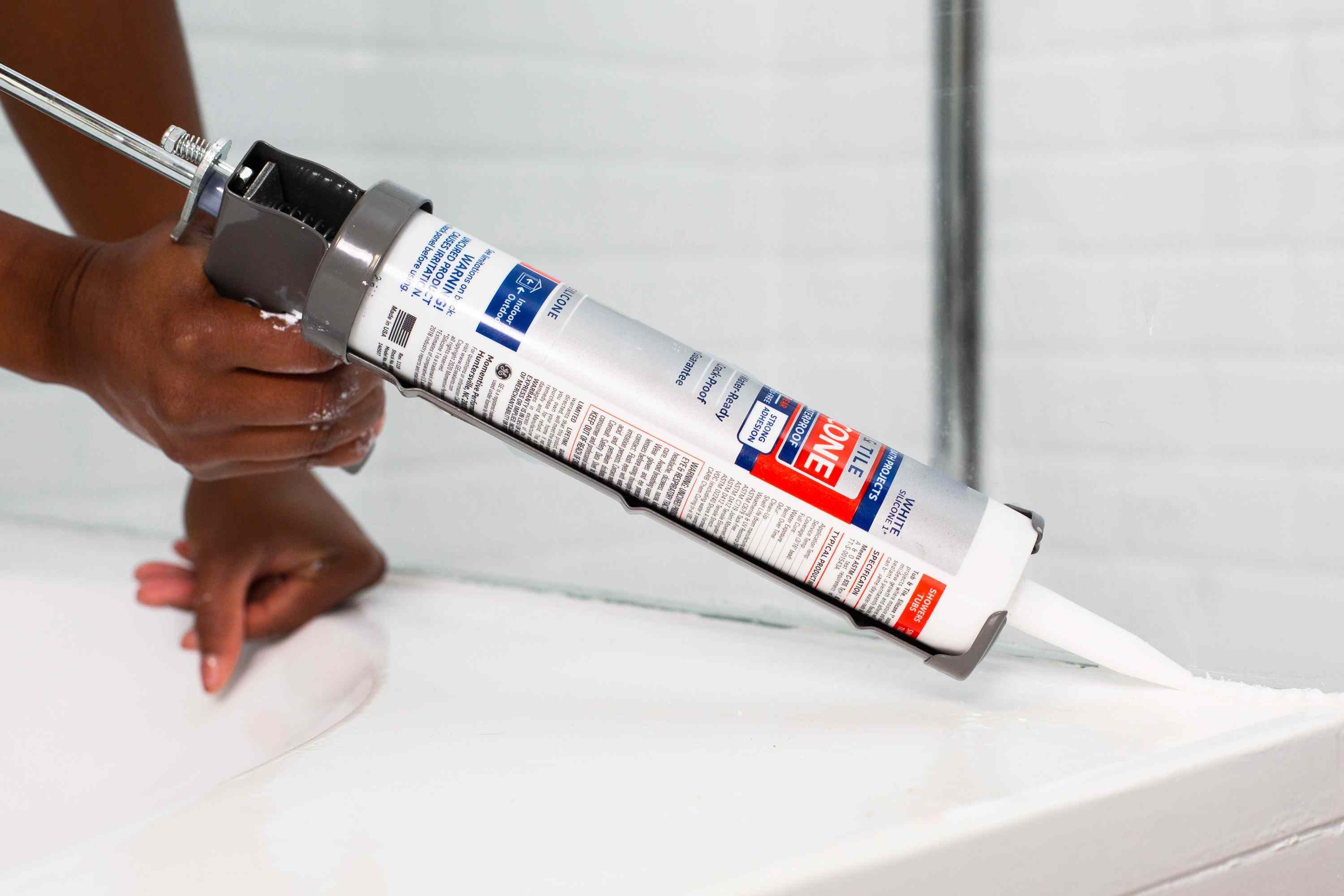

0 thoughts on “What Type Of PVC Is Used For Pool Plumbing”